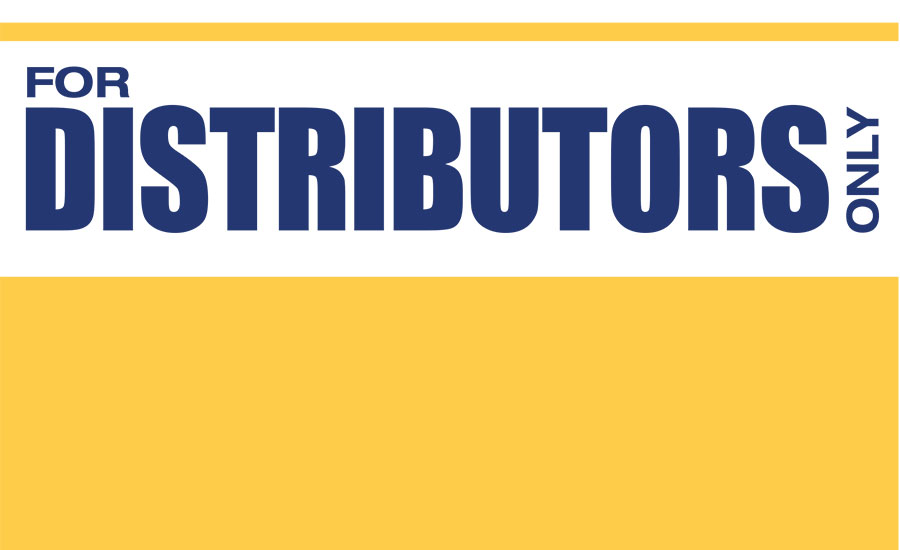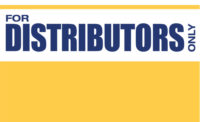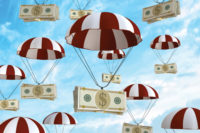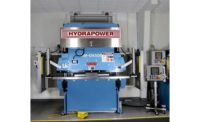The next recession is coming — by 2021

Two-thirds of business economists in the U.S. expect a recession to begin by the end of 2020, with trade policy presenting the greatest risk to the expansion, according to a new survey reported by Bloomberg.
So you can keep the panic button under lock and key.
About ten percent see the next contraction starting in 2019, 56 percent say 2020 and 33 percent said 2021 or later, according to the Aug. 28-Sept. 17 poll of 51 forecasters issued by the National Association for Business Economics.
Forty-one percent said the biggest downside risk was trade policy, followed by 18 percent of respondents citing higher interest rates and the same share saying it would be a substantial stock-market decline or volatility.
“Trade issues are clearly influencing panelists’ views,” David Altig, Federal Reserve Bank of Atlanta research director and NABE’s survey chair, said in a statement with the report
No red flags yet
The expansion that in May became the second-longest on record still looks resilient, with no major warning signs flashing and Fed officials upgrading their growth outlook for this year and next. Should it endure, the U.S. expansion would in mid-2019 become the nation’s longest ever, based on National Bureau of Economic Research figures that go back to the 1850s.
Trade fears aside, economists were slightly more optimistic about the economy this year. The median forecast for inflation-adjusted gross domestic product growth rose to 2.9 percent from a 2.8 percent pace projected in the June survey. The 2019 estimate remained at 2.7 percent.
On the brighter side, 33 percent of respondents said the biggest potential driver of a stronger economic performance is corporate tax reform, 27 percent cited stronger wage gains and 10 percent said stronger global growth.
Business forecasters were more pessimistic than optimistic on their assessment of potential risks to expansion. Fifty-one percent said GDP growth threats are weighted to the downside, while 20 percent said they’re tilted to the upside and the rest said they’re balanced.
Meantime, Fed policy makers said “risks to the economic outlook appear roughly balanced” in their statement, while raising their 2018 growth estimate to 3.1 percent from 2.8 percent in prior forecasts and 2019 to 2.5 percent from 2.4 percent. They also boosted the main interest rate by a quarter-point to a target range of 2 percent to 2.25 percent, this year’s third hike.
Respondents in NABE’s survey indicated they expect the Fed to raise interest rates once more this year and three times in 2019, consistent with projections from central bankers. The poll’s median estimate for the target range midpoint at year-end rose to 2.375 percent, equivalent to one more 25-basis-point hike this year, from 2.21 percent seen in the earlier survey.
Yelena Shulyatyeva, an economist at Bloomberg Economics in New York, was among those who conducted the analysis of survey responses.
Looking for a reprint of this article?
From high-res PDFs to custom plaques, order your copy today!





